In the Spotlight: PAR Can Bulbs
Though LED PAR cans may be on everyone’s minds these days, they are still far from being hung from everyone’s trusses. Today there is still demand for PAR can bulbs and as you would expect there are still consumers in the dark about them. Consumers planning to use standard incandescent PAR cans need to have some idea of what application they’ll use their PAR cans for before anything else. A knowledge of your PAR can bulbs' application will inform what beam spread you choose and ultimately which lamp you choose. The predominant beam spreads used in stage lighting are typically very narrow spot (VNSP), narrow spot (NSP), medium flood (MFL), and wide flood (WFL) with 12˚, 14˚, 24˚, and 50˚ beam angles respectively. PAR can bulbs come in a variety of sizes, from PAR16 to PAR64. For stage lighting, PAR64 cans and PAR 64 lamps are most commonly used. In some stage lighting setups there are PAR56 cans used for smaller scale washes or PAR36s pin spot used for special effects. By and large PAR64 cans are what consumers will likely need for more general stage lighting and PAR 64 bulbs are what consumers will need to light them.
PAR can bulbs with VNSP beam angles are not well suited for general stage illumination. Their small beam angle and tight beam makes them ideal for setting stage ambiance and look particularly when ran through fog or haze. VNSP PAR can bulbs also can serve as spot lights for individual performers that you want to set off against the rest of the production. At 14˚, bulbs with narrow spots are a bit wider than VNSP bulbs are therefore the go-to bulb for more general spotlighting while also retaining the great fog/haze performance of VNSP bulbs. Moving away from spots, the MFL PAR can bulb is one of the most versatile and widely used PAR can bulbs. MFL PAR bulbs are ideal for creating washes on the stage, curtains, backdrop or any other surface of the stage. Because of their particular beam angle, MFL PAR bulbs offer the ideal color intensity and field of light, making them optimal to use with color gels. Because PAR cans are most often used for general wash effects, MFLs are always in high demand by stage lighting designers and architectural lighting designers alike. Wider angle PAR can bulbs like flood (FL) and WFL are used when a wider wash is needed. FL and WFL bulbs are not widely used on stage because they do not provide very good color and light intensity and provide a light that is sometimes too diffuse to be adequately used on stage.
Of course there are many more options to available and exceptions to what has been written above. But for individuals who are just getting started, hopefully this article will be enough to help them set up their first trusses of PAR cans. As usual leave us a comment or question on our blog or Facebook or call us at 1-877-622-0897 with any questions you have.






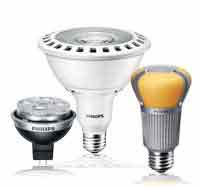
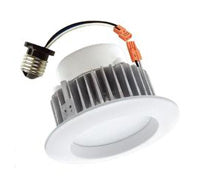

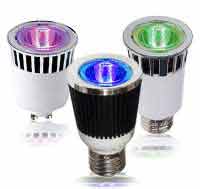


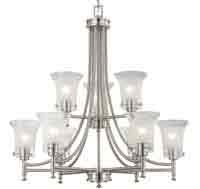
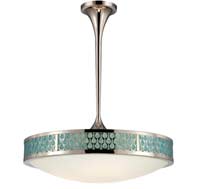




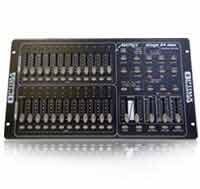







Comments